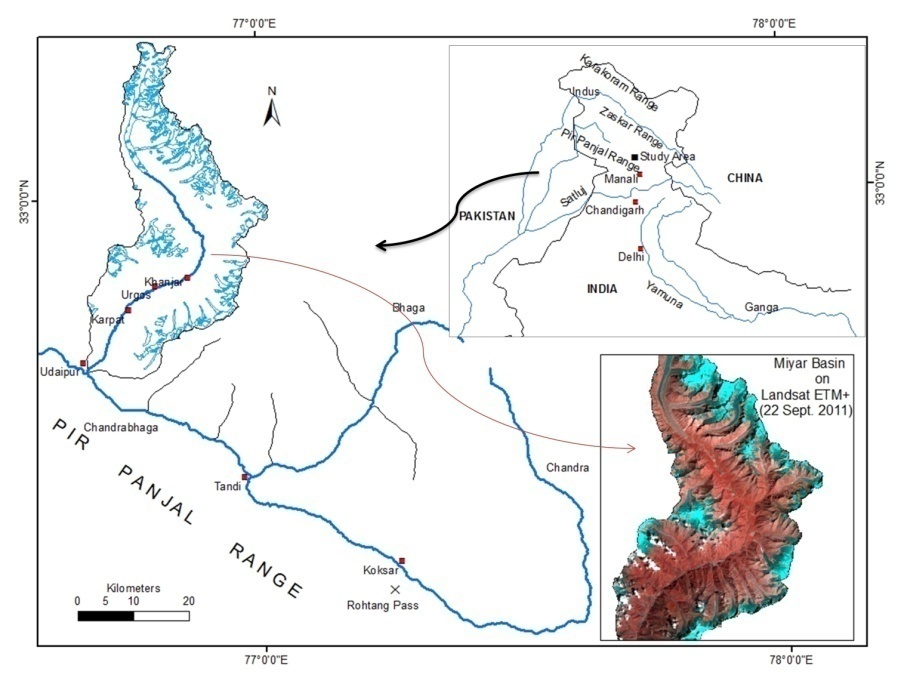Cryosphere, Climate Change and Society: Learning from Ground Zero
The activities of the human beings have brought about discernible changes not only in the natural landscape of the earth that they live on, but also in the atmosphere and hydrosphere that make this the only known habitable planet. The global ice/snow cover, the most sensitive indicator to climate change, has shown large scale shrinkage and recession during the post industrial revolution period. Also, the climate related natural catastrophic events are increasing in many parts of the world and threatening a large part of the society in various ways. Such processes and events are being presented as ‘anthropogenic climate change’ and the projections show these changes to turn highly disastrous for ecology and society, if not addressed in time.
The Himalayan region, called the ‚Third Pole‘, contains a large ice-covered area which is the prime source of fresh water not only for the people living in the Himalayas but also to more than half a billion people living in the adjacent plains. The IPCC (2007), somehow, had goofed-up the scientific data on the future of the Himalayan cryosphere proposing that it would completely vanish by 2035. However, there are about 9575 glaciers only in the Indian Himalayas which cover an area of about 33000 km2. The field monitoring of some glaciers indicates that the cryosphere and related climate parameters are not as simple to understand as the IPCC had conceived. In this backdrop, the presenter and his team are engrossed in understanding the mechanism of the glaciers within a small watershed called ‘Miyar Valley’ located in the state of Himachal Pradesh, India and their societal relevance in the face of changing climate at the grass-root level.
Prof. Milap Chand Sharma, Centre for the Study of Regional Development, Jawaharlal Nehru University, New Delhi, India https://www.jnu.ac.in/content/milap





